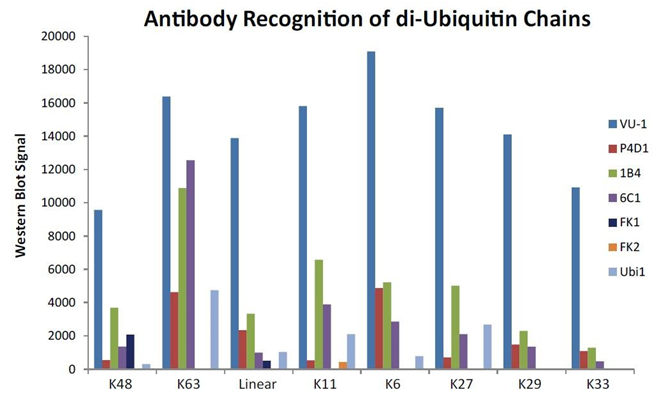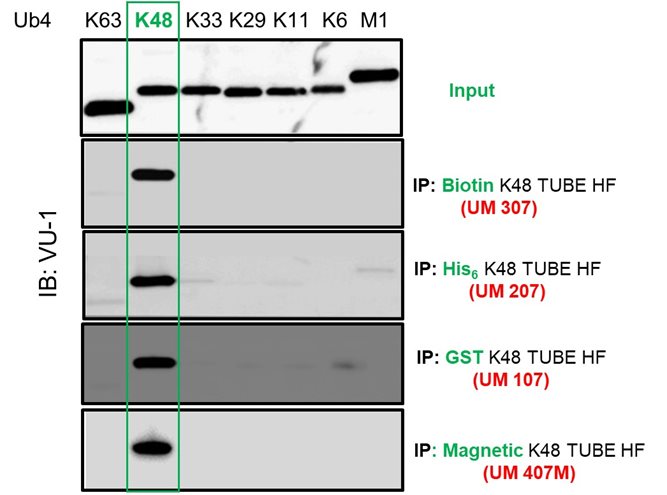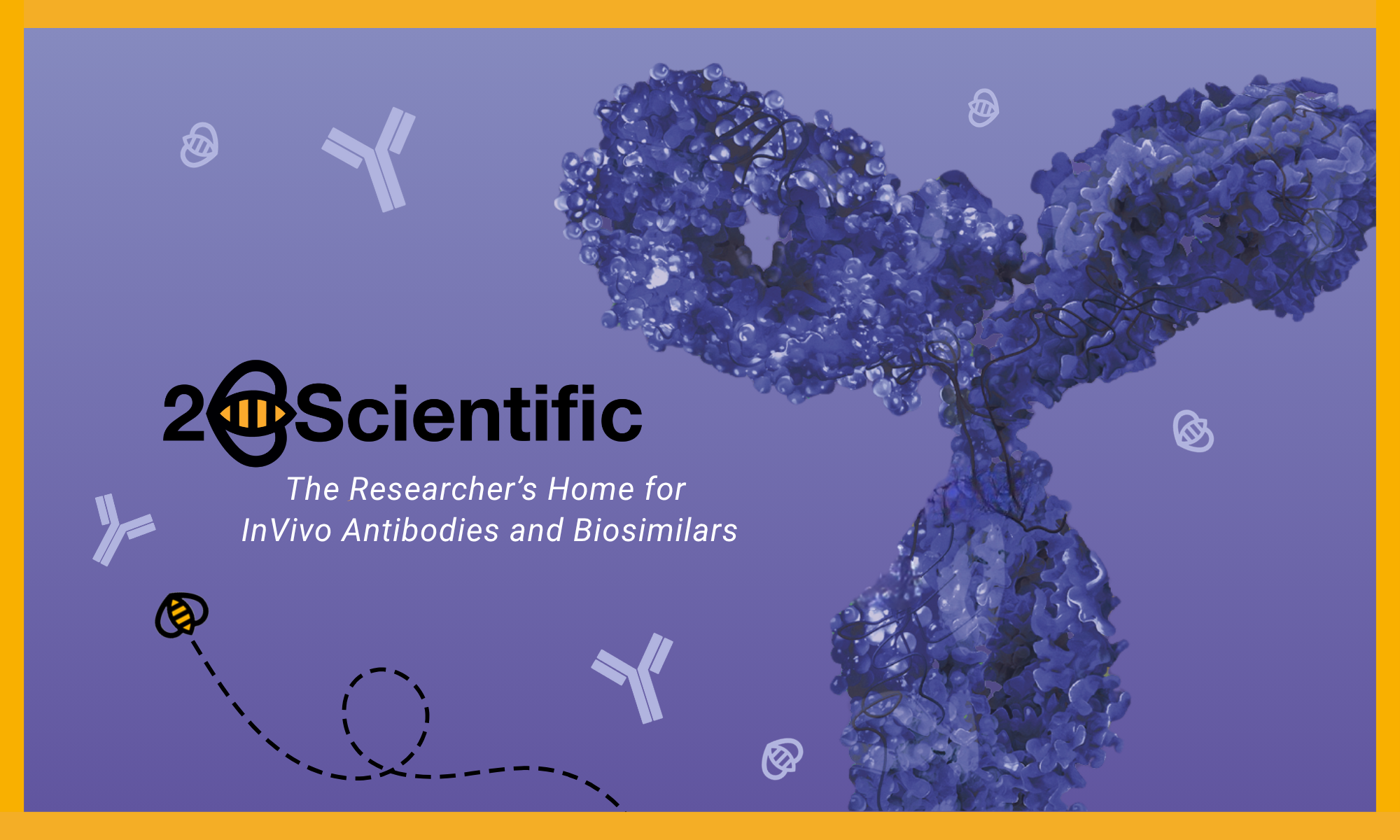LifeSensors
LifeSensors, Inc., a biotechnology company that discovers and develops enabling technologies for therapeutic, drug discovery and research markets, has established its leadership position by providing innovative research tools for the ubiquitin and ubiquitin-like protein pathways. Its prokaryotic and eukaryotic protein expression platforms SUMOpro and SUMOstar are used worldwide by academic and government institutions, as well as pharmaceutical and biotechnology companies.
View all LifeSensors Products
PROTEOMICS OF UBIQUITIN
Post translational modification (PTM) of proteins plays a fundamental role in their function. Attachment of ubiquitin to epsilon (ε) amino group of lysine in target proteins represent the major PTM. In addition to the attachment of ubiquitin (ubiquitylation) to lysines, other ubiquitin-like-proteins (UBLs) such as SUMO (sumoylation), NEDD8 (neddylation) and ISG15 (isgynylation) are equally well represented PTMs of proteins. Ubiquitylation of proteins is a hallmark of proteins, provides clues to many diseases, and acts as a biomarker. Modern drug discovery and personalized medicine relies heavily upon proteomics to identify these signatures. A variety of methods are available to detect ubiquitin or UBL PMTs of proteins. We encourage you to contact our senior staff to learn about how LifeSensors' PTM technology can help in your research and drug discovery process. One of the best ways to perform ubiquitin and UBL proteomics is to enrich ubiquitylated proteins with LifeSensors' TUBE technologies and perform mass spectrometry studies. Lifesensors offers state of the art services to determine sites of ubiquitylation and UBLs by utilizing a combination of TUBE and UbiSight antibody applications. The combination of these two powerful technologies enables researchers to unravel the proteome and ubiquitome.
If You Are Not Using VU-1 anti-ubiquitin Antibody, You Are Losing Data

Anyone researching the Ubiquitin Proteasome System (UPS) needs to use VU-1 for all their assays. This is the most selective and sensitive antibody on the market, and could be the difference between a publication and a messy blot.
Change the Way You Make Discoveries in UPS
Based on the biology of the Ubiquitin Proteasome System (UPS),
Tandem Ubiquitin Binding Entities (TUBEs) are a powerful tool with new applications in building and monitoring Proteolysis Targeting Chimeras (PROTACs) and enhancing the reproducibility of Mass Spec.
Lysine 48 Poly- Ubiquitin Chain Selective TUBES

- TUBEs will selectively pull down poly-ubiquitylated proteins.
- Applications for proteomics, blotting, and imaging (His6, GST, Biotin, Magnetic...)
- TUBEs simplify mass spec. proteomics and generate reproducible results
- Screen candidate biomarkers and drug targets for ubiquitylation (UbiTest)
- Assay UPS enzymes for compound profiling (UbiQuant)
- TUBEs can be used to pull down ubiquitylated proteins to monitor proteasome degradation of specific proteins.
Benefits of SUMO expression systems
Whether your protein expression endeavors are going well or frustrating you, we can help make things better. Life Sensors SUMO fusion expression system offers the following advantages:
- Increased yield
- Increased solubility
- Cost effective and scalable
- Easy purification with a His6 tag
- Efficient tag removal with SUMO proteases and no extra amino acids
- Compatible with E. coli, yeast, insect, & mammalian systems
- Here is an example where fusion to SUMO resulted in high-yield, soluble expression of GDF8/myostatin (Marblestone et al, 2006)
